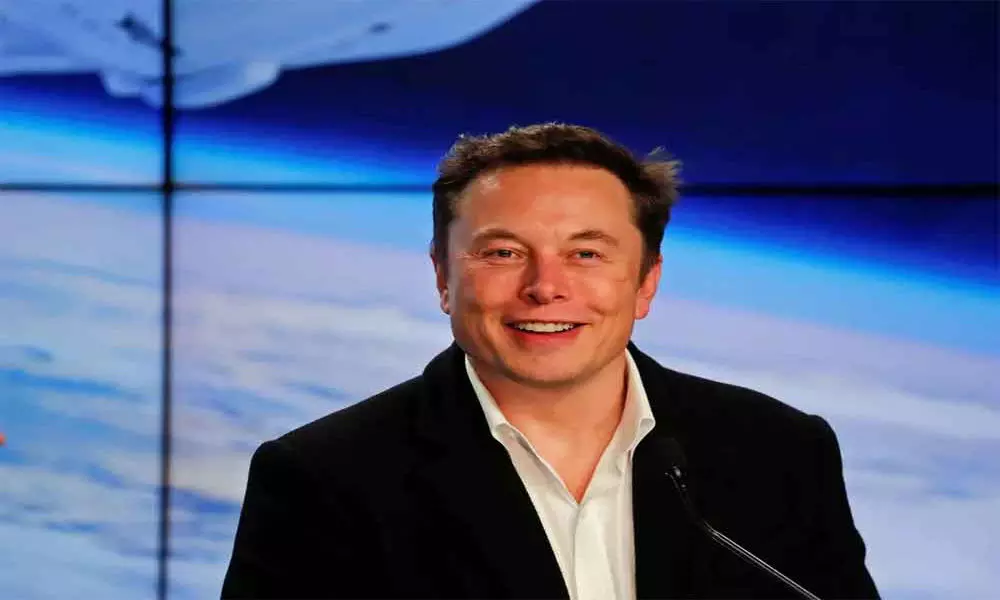Live
- Unseasonal Rainfall: Crop losses claim 2 farmers’ lives
- BJP got over Rs 2,600 cr donations in 2023-24
- Maharashtra Guv worships Lord Balaji
- CM Naidu to take part in pension distribution in Palnadu dist
- Strict vigilance to prevent pilfering of PDS rice
- Sanjha Utsav helps to empower self-help groups: MEPMA director
- 7 days of national mourning declared; state funeral for Dr. Manmohan Singh
- Chandrababu Mourns the Death of Former PM Dr. Manmohan Singh
- ‘RSS magazine’ contradicts Bhagwat on Sambhal dispute
- Human-made calamity in Delhi
Just In
SpaceX CEO Elon Musk aims to send 10 lakh people to Mars by 2050

San Francisco, SpaceX CEO Elon Musk aims to send 10 lakh people to Mars by 2050 and in a series of tweets, has revealed how is he going to achieve...
San Francisco, SpaceX CEO Elon Musk aims to send 10 lakh people to Mars by 2050 and in a series of tweets, has revealed how is he going to achieve the daunting task of colonising the Red Planet and make humans beings 'multiplanetary'.
Throwing more details about his Starship programme, Musk said the rocket would carry many megatons of cargo per year to the Red Planet to prepare Mars for a human presence by mid-century.
"Megatons per year to orbit are needed for life to become multiplanetary," he tweeted.
"Starship design goal is 3 flights/day avg rate, so over 1,000 flights/year at over 100 tonnes/flight, so every 10 ships yield 1 megaton per year to orbit," Musk explained to his 30.7 million followers.
The orbital Starship prototype, designed "SN1" is currently under construction at SpaceX's Texas facility.
"Building 100 Starships/year gets to 1,000 in 10 years or 100 megatons/year or maybe around 100k people per Earth-Mars orbital sync," the SpaceX CEO further explained.
That translates to a schedule of once every two years when Earth and Mars are closest to one another.
SpaceX's goal, according to Musk, is to finally send 10 lakh people to Mars by 2050.
In September last year, SpaceX requested NASA to provide it with potential landing sites on the Red Planet.
SpaceX is building the Starship (formerly known as the BFR), a fully reusable vehicle designed to take humans and supplies to Mars.
Musk earlier floated the idea that making Mars warmer would be crucial for making it habitable for humans and one way of doing it would be launching thermonuclear weapons in order to create tiny "suns" over the regions.
The idea is to convert any frozen carbon dioxide into gas, thereby engineering a greenhouse gas.
Musk has already estimated the cost of having a self-sustaining civilization on the Red Planet which is "between $100 billion and $10 trillion".
He arrived at the figure after estimating the approximate future cost of sending a minimum payload to Mars "to nearest order of magnitude", at $100,000 per tonne. So if building a self-sustaining city on Mars requires a million tonnes of cargo, the cost would be around $100 billion, Musk calculated.

© 2024 Hyderabad Media House Limited/The Hans India. All rights reserved. Powered by hocalwire.com






